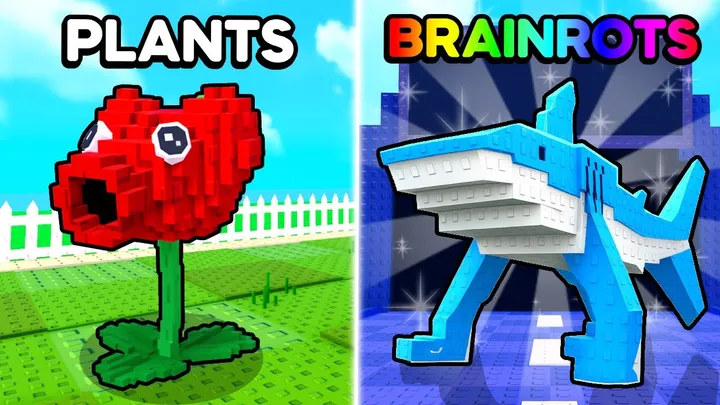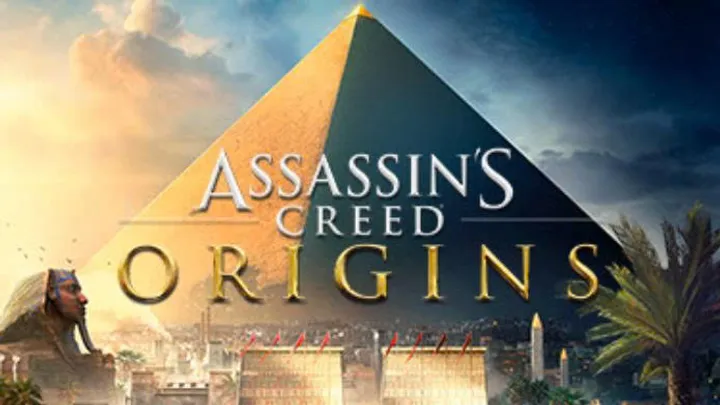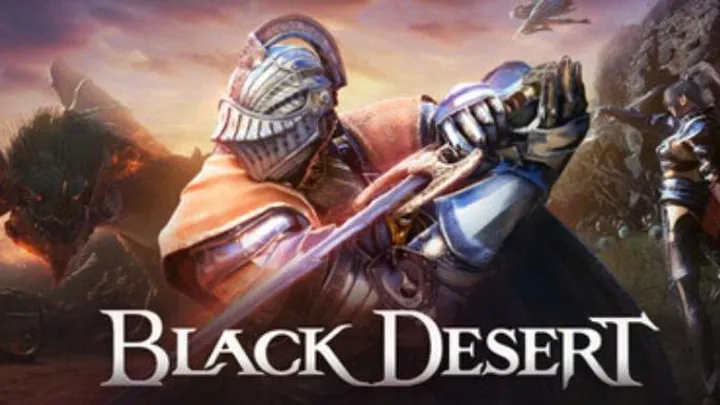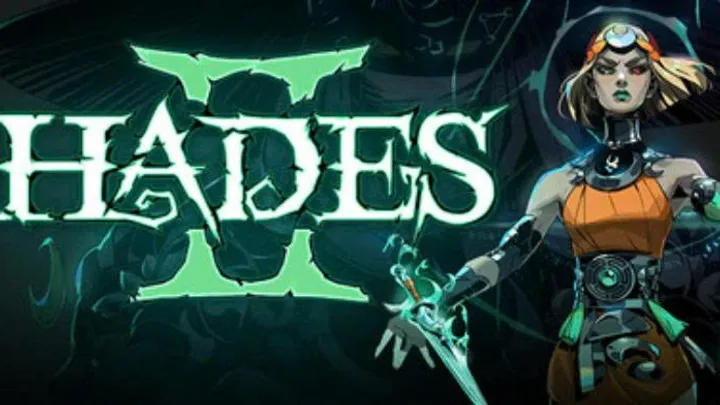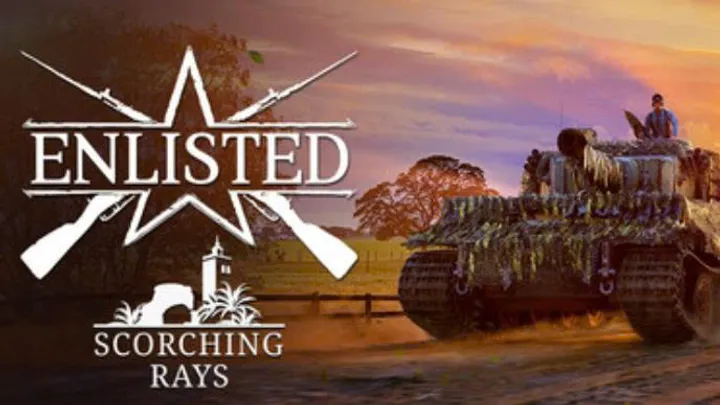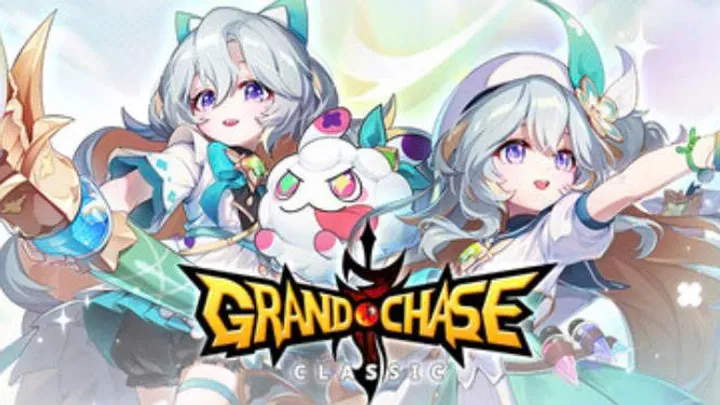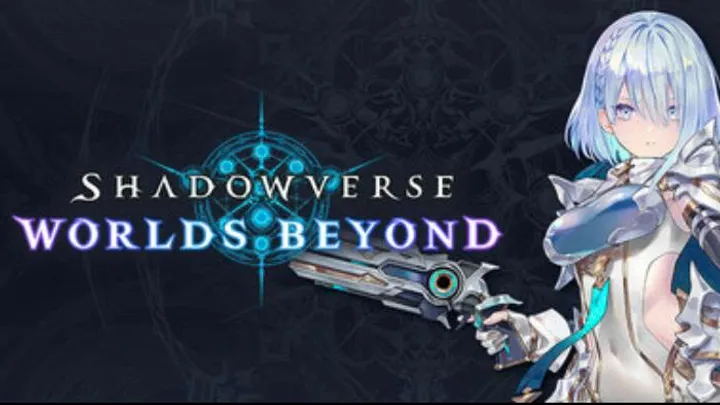Introduction
God of War Ragnarök continues the legendary saga of Kratos and Atreus, expanding into the rich lore of Norse mythology. With its breathtaking visuals, emotional storytelling, and intense combat, the game challenges players to balance strategy, skill, and exploration. This guide provides essential tips and strategies to help you survive, thrive, and enjoy every corner of the Nine Realms.
Understanding the Combat System
The heart of God of War Ragnarök lies in its combat system. Mastery comes from learning enemy patterns and making quick tactical decisions.
Combat is built around the Leviathan Axe, Blades of Chaos, and Atreus’s bow. Each weapon has strengths suited for different enemies, requiring flexible combat strategies. Timing your parries and dodges will make encounters significantly easier, especially on higher difficulties.
Using Atreus effectively is crucial. His arrows disrupt enemies, create openings, and complement Kratos’s attacks. Experiment with different arrow types to find effective synergies.
Exploring the Nine Realms
The Nine Realms are vast and filled with secrets waiting to be uncovered. Exploration is not just rewarding but often necessary for survival.
Many areas are locked behind story progression or puzzle mechanics. Returning to previous realms with new abilities ensures you uncover all hidden treasures. Pay attention to environmental clues, as puzzles often blend seamlessly into the landscape.
Side quests, or "Favors," provide not only lore but also valuable equipment and upgrades. Don’t skip them if you want the strongest build possible.
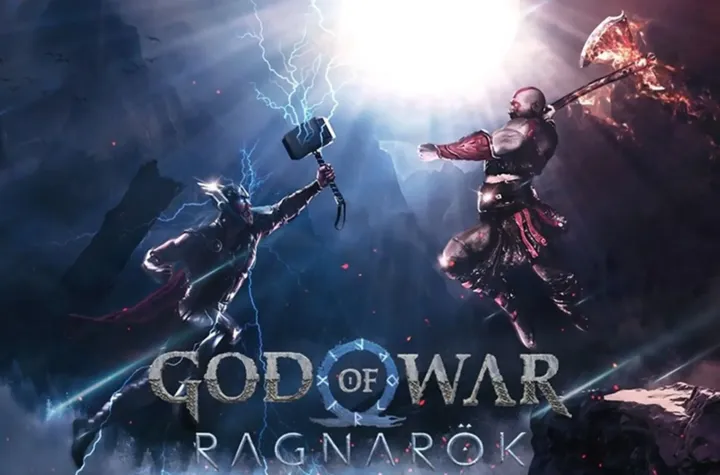
Managing Resources and Upgrades
God of War Ragnarök offers a detailed crafting and upgrade system. Smart resource management makes the difference between struggling and thriving.
Focus on upgrading armor and weapons that match your preferred playstyle. For example, defense-heavy builds favor armor with strong resistance, while aggressive players benefit from runic-focused gear.
Rare resources like Frozen Flames and Chaos Flames are limited. Prioritize their use on the weapons you rely on most. Keep an eye out for crafting materials hidden in optional areas.
Mastering Runic Attacks and Skills
Runic attacks are powerful tools that turn the tide of battle when used correctly. Experiment with combinations to find what suits you best.
Light Runic attacks are fast and versatile, while Heavy Runic attacks deliver devastating power at the cost of a longer cooldown. Switching between these during combat allows for consistent damage output.
Skill trees expand combat options significantly. Investing in moves that match your weapon usage ensures you maximize efficiency. Don’t spread skill points too thin—specialization often outperforms generalization.
Puzzles and Environmental Challenges
The game’s puzzles are both engaging and rewarding. Solving them requires keen observation and experimentation.
Puzzles often involve manipulating elements such as wind, fire, or chains. Pay attention to runes and clues scattered around the environment. Many puzzles gate important resources, so persistence is always worthwhile.
Sometimes puzzles span multiple areas. Take notes or mental reminders when encountering strange mechanisms, as solutions may reveal themselves later.
Boss Battles and Strategies
Boss encounters in Ragnarök are among the most memorable experiences. Preparation and patience are key.
Each boss has unique attack patterns and vulnerabilities. Study them carefully, and don’t rush into reckless attacks. Using Atreus’s abilities during these fights creates valuable openings.
Equipping the right gear before a boss fight can make the challenge much smoother. Pay attention to elemental strengths and weaknesses to exploit them effectively.
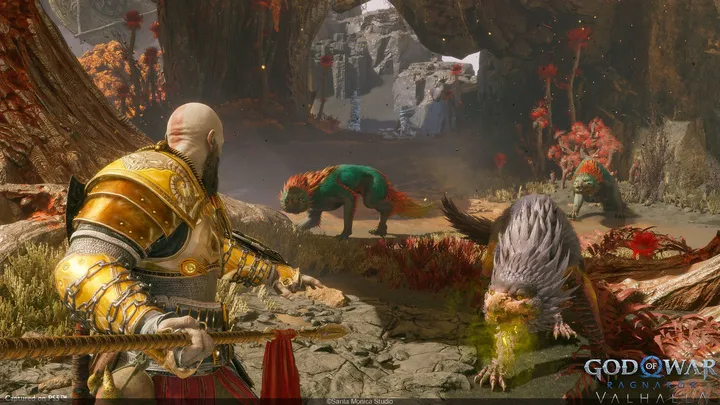
Navigating Side Quests and Favors
Side quests enrich the world and provide more than just extra gameplay. They offer emotional depth and mechanical advantages.
Completing Favors often grants high-level resources and gear. They also reveal more about secondary characters, giving the narrative extra weight.
Exploring beyond the main story ensures your character grows stronger and more prepared for the later, more punishing battles.
Atreus’s Role in Combat and Story
Atreus is not only a supporting character but also a central figure in combat and narrative progression.
In battle, his arrows can stun enemies, disrupt attacks, and deal elemental damage. Learning to coordinate with Atreus makes fights smoother and more dynamic.
Narratively, Atreus drives much of the story’s emotional core. Paying attention to his dialogue often reveals hints about puzzles or future challenges.
Endgame Content and Challenges
The game doesn’t end after the credits. Post-story content offers some of the toughest challenges in Ragnarök.
The Crucible in Muspelheim and the Berserker battles test your mastery of combat mechanics. These encounters require full preparation and strategic play.
Completing endgame challenges rewards players with some of the best gear in the game, making the investment well worth it.
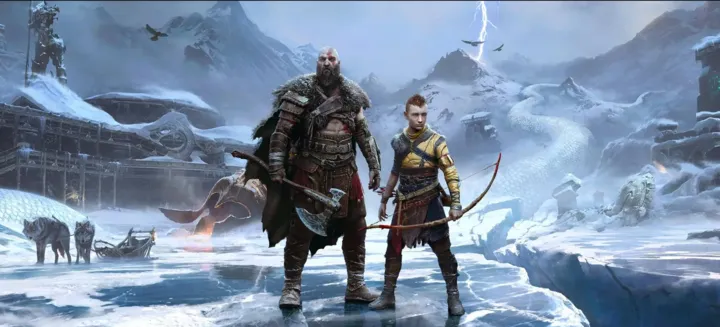
Building the Ultimate Kratos
Customizing Kratos to suit your preferred playstyle is one of the game’s greatest joys.
Experiment with armor sets, enchantments, and runes to find your ideal build. Whether you prefer tank-like resilience, high-damage output, or balanced versatility, the game offers plenty of options.
Don’t be afraid to adapt builds for specific challenges. Flexibility often proves more powerful than sticking to one setup.
Conclusion
God of War Ragnarök is more than a sequel—it’s a culmination of storytelling, combat design, and exploration. By mastering combat, managing resources, exploring thoroughly, and engaging with both Atreus and side quests, players can experience the Nine Realms in their full glory. With patience, strategy, and curiosity, Kratos’s journey becomes both rewarding and unforgettable.
